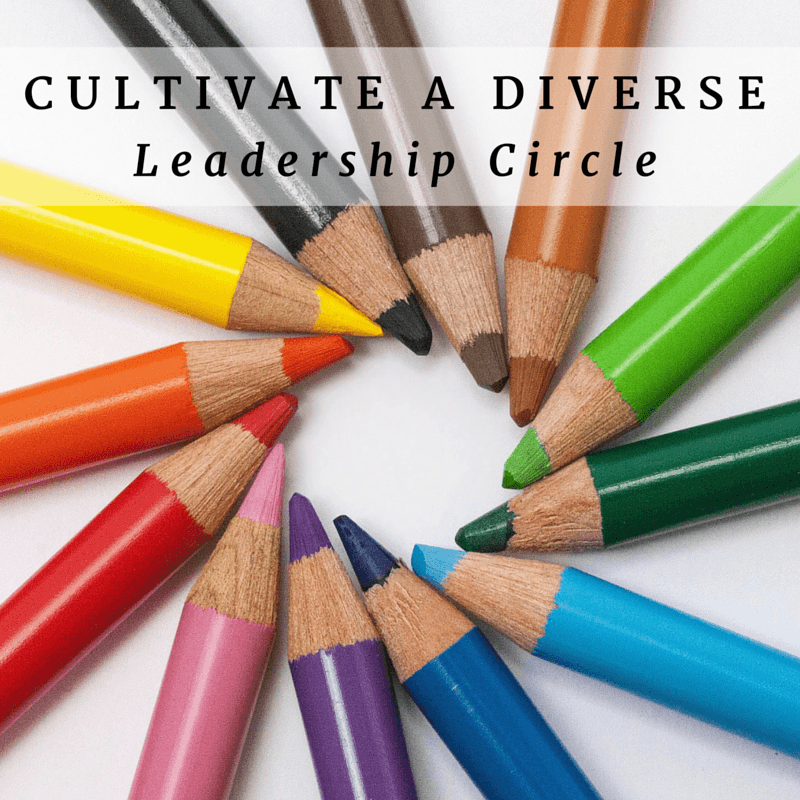
Who do you see when you look around you? What types of people are in your circles – of friends and colleagues, as well as the people you hire?
Homogeneity or Diversity?
Much in life would be easier if we were surrounded by like-minded individuals that reaffirm our thoughts, beliefs and feelings. Easier, maybe, but we wouldn’t get very far.
Diversity in our circles is what pushes and challenges us. Allows us to experience cultures, perspectives, values and ideas we might not otherwise be exposed to. It helps us lead richer lives.
As leaders, I would argue that a homogeneous circle can lead to disaster. Not only do we need diversity, we need to be very aware of our own tendencies, challenges, and strengths to ensure we balance those in our circles.
Like-minded partners can help us save time and effort
In my most recent role, I was the first to develop a certain type of strategy at a particular breadth and scale. Over the last year, other groups have initiated similar efforts, allowing me to meet a number of new people, all with similar goals as mine.
We spent a lot of time and money on our strategy, and we get more value out of it if shared. If it means other teams can reduce the cost and effort of their work, all the better.
One of these colleagues and I meet regularly and have gotten to know each other pretty well. I consider him to be part of my “common sense club” – the nickname I gave my circle. The members are those that have the uncommon gift of common sense.
While he and I get along very well, and agree fundamentally in a lot of areas, we are very different. He loves spending hours with his music. I can bury myself in writing. He considers himself slow to move, wanting to understand all the variables of a situation. I’m the first to jump at something new, working through the variables as they come.
Too much like-mindedness can create blind spots
The other day, we were talking about those differences, and agree it’s part of the reason we partner so well together. We challenge each other, with an end result that is better than if we worked independently.
We also discussed our teams. Two very different leaders have two very different teams, but they have one thing in common.
Our teams complement us.
The key to success is balance in our circle
Where he considers himself slow and deliberate, considering all the potential issues and risks, his team is more prone to action. His way of thinking about problems keeps the team from rushing into chaos unprepared.
I, on the other hand, am very fast-paced. I focus on framing out a vision and high-level plan that delivers value early and often. Looking around my team, I lean heavily towards people that can take those high-level plans and make them executable, with a tendency to slow-down and understand all the possible risks and pitfalls.
While we each have some people on our teams that have styles more aligned to ours, they are relatively few. Instead, we complement our natural gifts and challenges with teams that provide a better overall balance.
When I’m eager to move forward, he shares the risks that need to be accounted for. The issues he reveals and solves create new opportunities and capabilities my team may leverage, as intended or in a different way.
If I push forward with my organizations’ top concerns, we go through (sometimes painful) issue identification and learnings. We share those and make it easier for other teams to accelerate their plans.
***
As leaders, we each have our strengths, which we should leverage as much as possible. We also have our challenges.
We could spend our time trying to improve them – and to some degree that is necessary. However, there is also the option of balancing our challenges with the strengths of others by building diversity in the circles that surround us.








